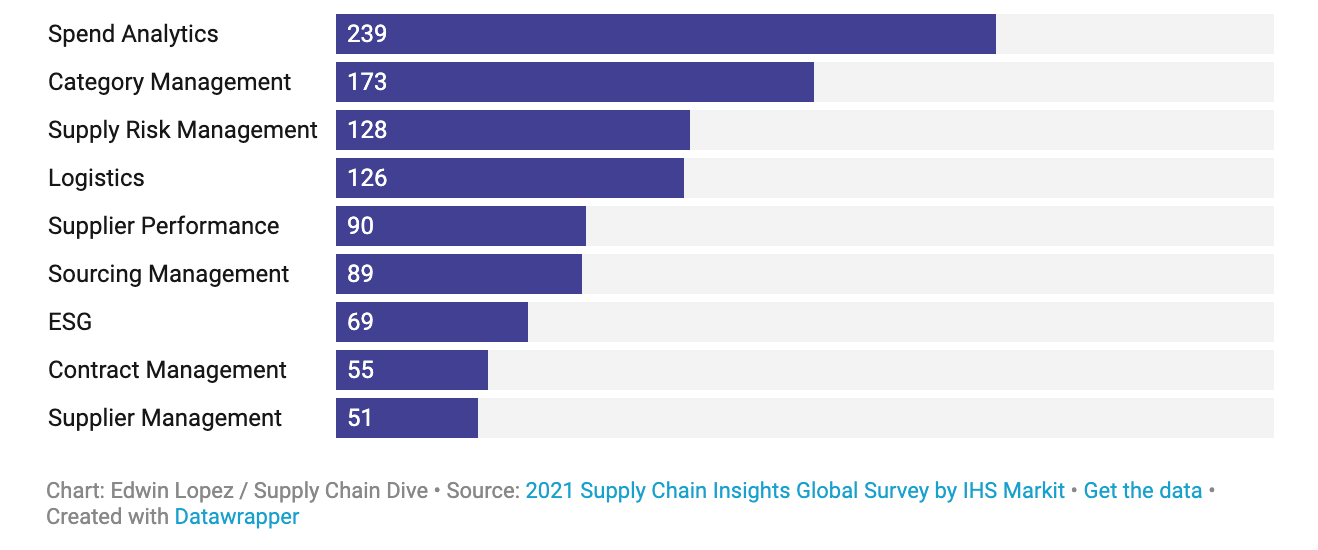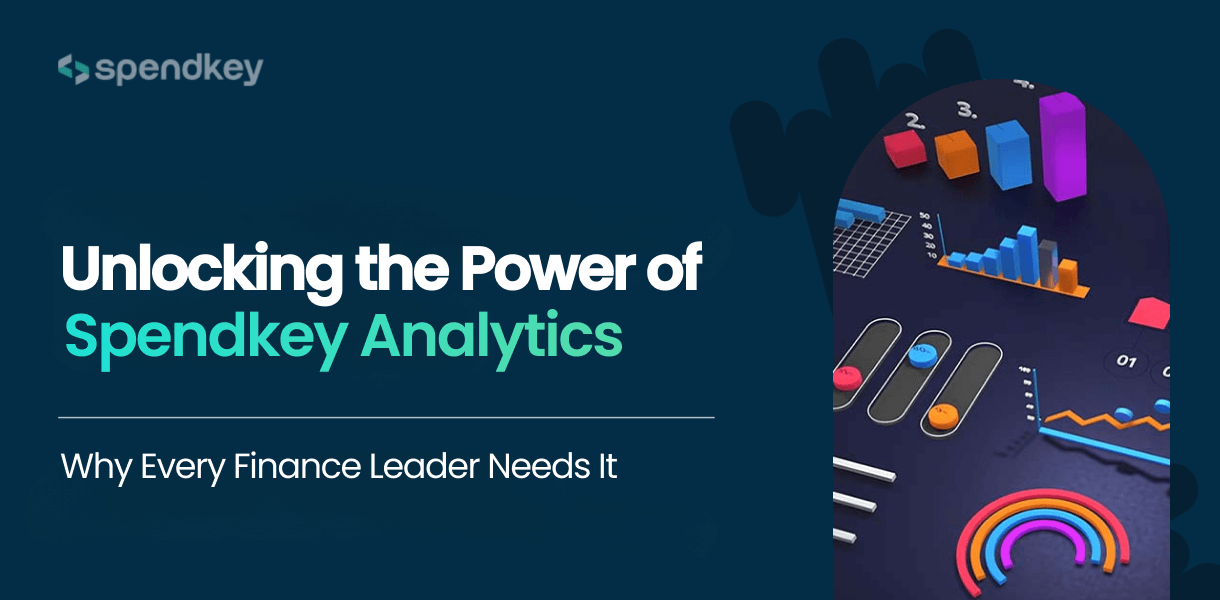Spend Category Management & its Benefits in Procurement


Businesses in today’s world rely on external third parties to provide them with goods and services. Based on the industry type and size of your organization, your spend with external third parties can range between 40% to 80% of your company’s total cost.
Category management is a strategic and structured approach within the procurement function where organisations segment their spend into areas that contain similar or related products enabling focus on opportunities for consolidation and efficiency.
There are 2 main categories of spend based on industry best practices – direct and indirect spend. Direct spend is defined as the spend on raw materials and goods used to create a product and indirect spend is defined as those expenses like technology spend, HR spend, office supplies or rent that keep the business running behind the scenes. Usually, most of the companies will have very good control on their direct spend but spend in indirect categories is usually the one that needs attention to ensure this is managed well.
This guide will teach you how to use your spend data to transform your business for profitable growth.

Download our free Low Risk Low Value (LVLR® ) framework to get complete spend visibility and achieve over 20% reduction in costs.

Download our Category Management Optimiser Checklist that has helped business leaders monitor and improve the effectiveness of their existing spend categories and subcategories enabling them to add millions to their bottom line.

To get better visibility and control on their spend, organisations will code or categorise their spend data into various categories and sub-categories. In this article, we will understand the relevance of categories and best practices in category management.
Category management plays a pivotal role in strategic procurement. Category Management enables procurement professionals or business unit heads (where there is no formal procurement department) to focus their time and conduct market analysis to fully leverage their negotiations and correctly manage their suppliers in alignment with the corporate objectives. Category Management helps to organize the procurement team resources and contributes towards economies of scale and enhanced supplier relationships whilst gaining an in-depth understanding of how each category contributes to risk management.
However, only a minority of global enterprises either follow or consistently leverage a category management framework in their day-to-day operations. This means that a lot of potential value is lost - organizations lack visibility into external spend, making it difficult to identify opportunities to reduce spending across supply markets (even across multiple categories and subcategories), suppliers, and locations, as well as volumes and prices. The emergence of smart and intelligent spend analytics, which is underpinned by AI/ML, can help such organizations to get visibility on spend based on categories. Spend analytics creates transparency that goes beyond spend and cost. It can bring to the surface several elements in your supply chain such as supply-market exposure and associated risks, reliance on a single source or region rather than a more optimal supplier mix, or different price points from different supplies for the same products/services.
It is practically impossible to list all the KPIs for effective category management but below are some recommended KPIs:
Spend analytics tops supply chain leaders' priority list
63% of respondents in the 2021 Supply Chain Insights Global Survey from IHS Markit said their companies "lacked the necessary data, platforms, and technology needed to make critical cost-saving decisions."
The number of supply chain leaders, out of 340, identified the following categories as a priority.

Category Management can be approached differently based on several factors, including:
Hence, there isn’t a perfect guide or manual on implementing best practices in category management for your business. But there are certain guidelines to guide you can follow:
Category management may not seem to be simple, but it isn’t complicated either. The impact of well-implemented category management includes better stakeholder collaboration, deeper market knowledge, long-term vision, and strategic planning through data tracking (periodic trends), increased visibility, benchmarking, and better stakeholder collaboration.



With traditional cost-cutting measures failing to drive business growth, finance leaders are discovering a new approach to cost control and growth — one that is focused on data-driven decision-making and continuous improvement.

With Spend Analytics, finance leaders can achieve greater accuracy in their budgeting and forecasting processes, which can lead to improved financial performance for their organisations.

In today's uncertain economic environment, Spend Analytics emerges as a transformative solution for finance leaders to meet the imperative of driving business growth.